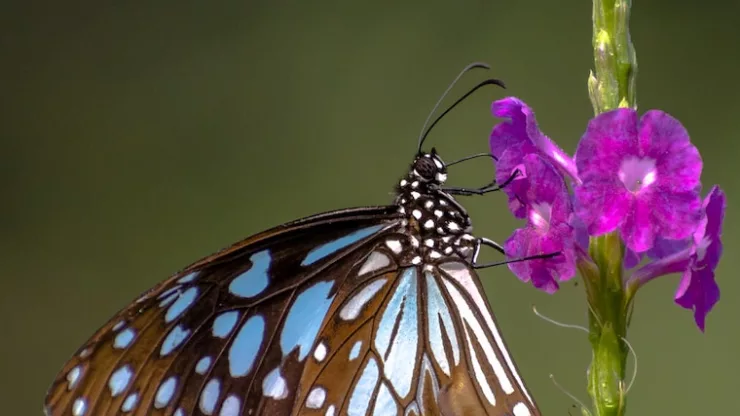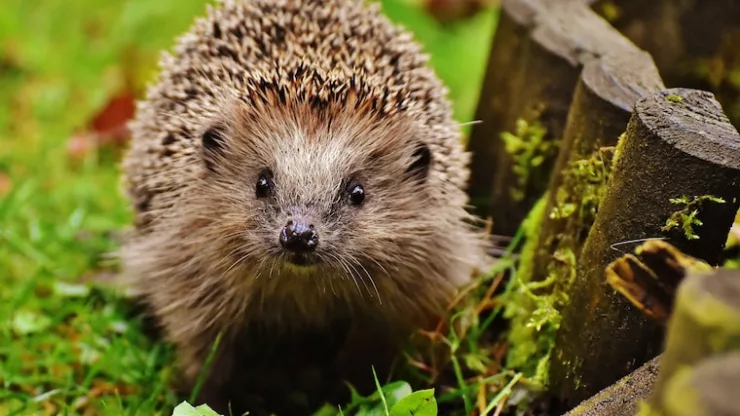The world is witnessing a dramatic shift in the way we live, work and interact with nature.
Cities have expanded, and with that expansion, we have seen a decline in the natural habitats of many species.
In an effort to mitigate the loss of green spaces, rooftop gardens have been gaining popularity in recent years.
These rooftop gardens are not just aesthetically pleasing; they are also an important part of urban wildlife conservation efforts.
In this article, we will explore the beauty of rooftop gardens and why they are crucial for the survival of urban wildlife.
Jump to Section
Sky Wildlife Sanctuaries: Bringing Nature to the City
The concrete jungle that is the modern city can be a challenging place for wildlife.
Buildings, roads, and other infrastructure have transformed the urban landscape, leaving little room for nature.
The result has been a decline in the number of species that thrive in urban environments.
To address this problem, architects and city planners have developed a new concept – sky wildlife sanctuaries.
These sanctuaries are located on rooftops and other elevated spaces, creating a haven for urban wildlife.
Sky wildlife sanctuaries come in various forms, from rooftop gardens to green walls and even birdhouses.
These sanctuaries not only provide shelter and food for urban wildlife but also help to improve the air quality in the city.
Rooftop gardens, in particular, have become a popular addition to many urban areas.
They offer a space for people to connect with nature, relax, and unwind in an otherwise hectic environment.
The Beauty of Rooftop Gardens: Why Urban Wildlife Needs Them
Rooftop gardens offer a range of benefits, both for people and for urban wildlife. Firstly, they provide an opportunity for people to reconnect with nature.
In a world where technology dominates our lives, rooftop gardens offer a space where people can connect with the natural world.
Green spaces have been shown to reduce stress levels and improve mental health, making them an important addition to any urban environment.
Secondly, rooftop gardens offer a habitat for urban wildlife.
Birds, pollinators, and other species are attracted to these green spaces, providing them with a vital source of food and shelter.
Rooftop gardens also help to reduce the urban heat island effect, which occurs when cities absorb and retain more heat than surrounding rural areas.
By reducing the temperature of the city, rooftop gardens create a more habitable environment for both people and wildlife.
Finally, rooftop gardens help to improve the air quality in cities. Plants absorb carbon dioxide and other pollutants from the air, reducing the levels of harmful substances in the environment.
This not only benefits urban wildlife but also improves the health of city-dwellers.
In conclusion, rooftop gardens are an important part of urban wildlife conservation efforts.
They provide a habitat for wildlife, improve air quality, and offer a space for people to reconnect with nature.
As cities continue to expand, it is essential that we prioritize the conservation of green spaces and the protection of urban wildlife.
Rooftop gardens offer a practical solution to this problem, creating a haven for both people and wildlife in the heart of the city.
I’m a nature enthusiast and creator of Metro Wilds and have spent years exploring the great outdoors.
With a passion for environmental conservation and sustainability, I have dedicated my career to writing about the beauty and wonders of nature, as well as the threats facing our planet.
Contact me at [email protected] for assistance.





